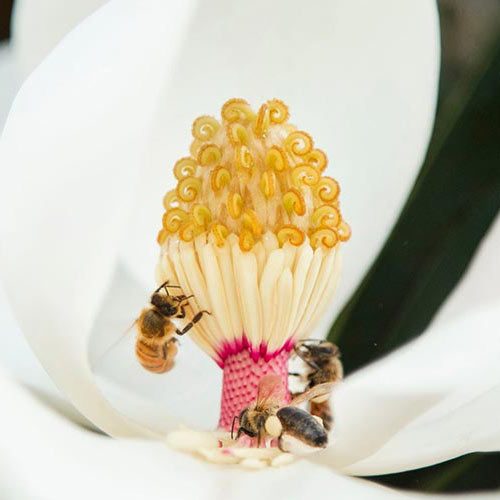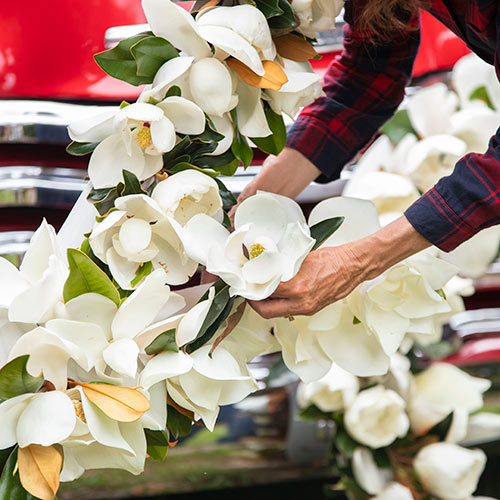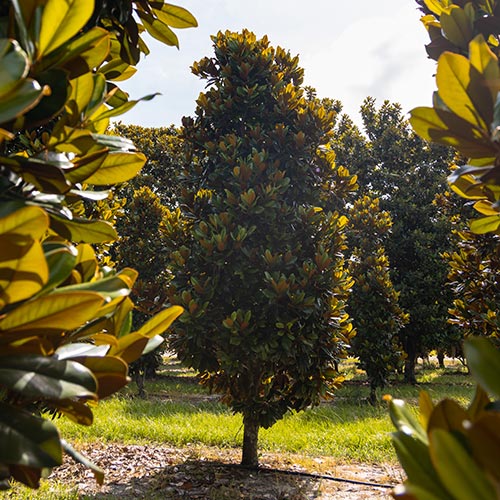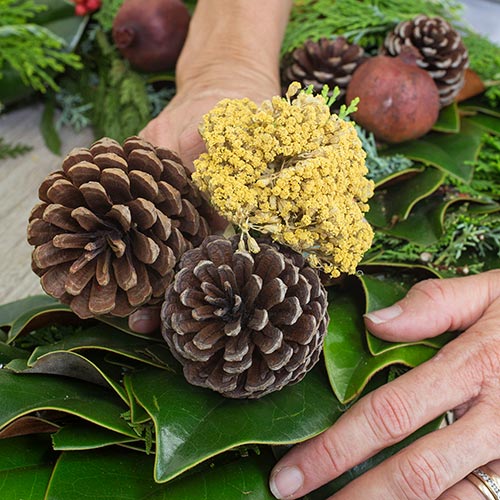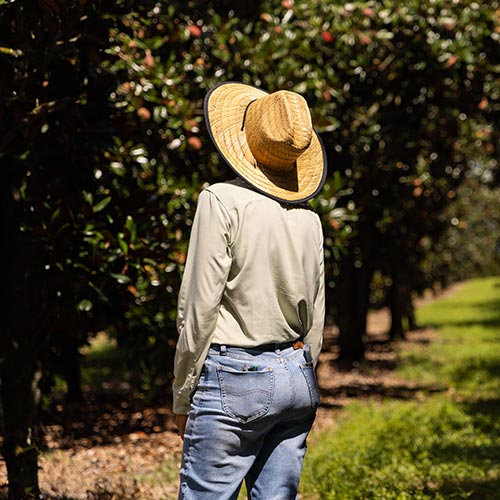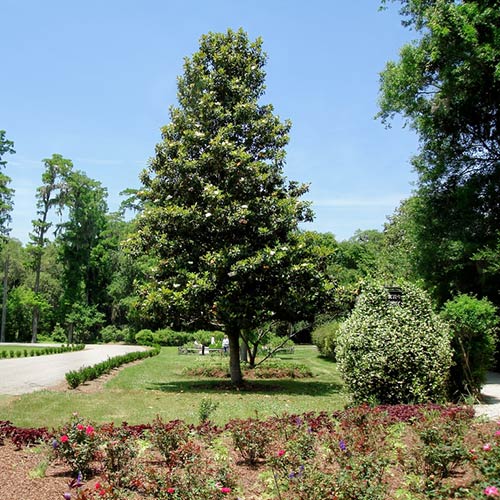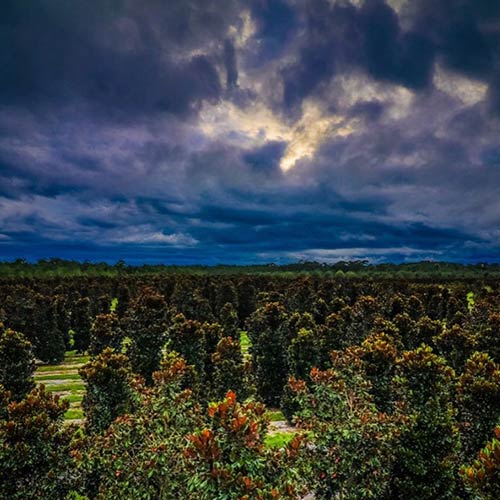Discovering the Magnificent Magnolia: A Journey Through Time and Gardens
May 21st, 2024
When it comes to our writing, we’re happy to go outside the box and break the fourth wall.
For the last 3 years, our most top ranking blog post hasn’t changed. In fact, it’s only gone up in popularity over time, which tells us something important: People really, really care about this topic. It means something to them.
It means something to us, too.
What’s this mystery topic? The blog is titled “The Incredible Symbolism of the Magnolia Tree” and it’s a brief overview on the cultural symbolism of magnolia trees (and why we like them enough to dedicate a whole company to them).
Of all the different species of trees, Magnolias in particular have a special place in many people’s hearts. You could argue they’ve got a bit of a fan following – and really, what’s not to love? They’re tall, they’re tough, they’re generous, and they’re downright gorgeous.
In that same spirit, we’re going to spend a minute on the history of magnolia trees, what makes magnolias so unique, and how cultures traditionally harnessed their biological strengths throughout history.
Old Roots: The Ancient Origins of Magnolia Trees
There’s a reason magnolia trees are so noble and well adapted: they’re old. As in, really old. Dinosaur-levels of ancient (and no, we’re not pulling your leg with this one).
To be more precise, we’re talking at least 95 million years old according to some carbon dated fossilized sources, which makes magnolias among the oldest flowering plants on Earth.
For perspective, dinosaurs still walked the earth and humans had yet to evolve. This time is known as the Cretaceous Period.
What’s fascinating to us is that the fossilized evidence of magnolias isn’t just one or two bits of rock in one hyper-specific location; it’s actually scattered across the globe, from China and Europe to the Americas. The evidence also shows that these trees really haven’t changed much, so the magnificent magnolias we admire today are pretty close to how they looked back then.
These trees witnessed animals we can only see fossils of. They’ve seen the continents drift. They’ve known the rise and fall of empires and civilizations we’re still learning about. In the grand scheme of things, humanity is but a drop in the bucket of their existence.
Talk about aging well!
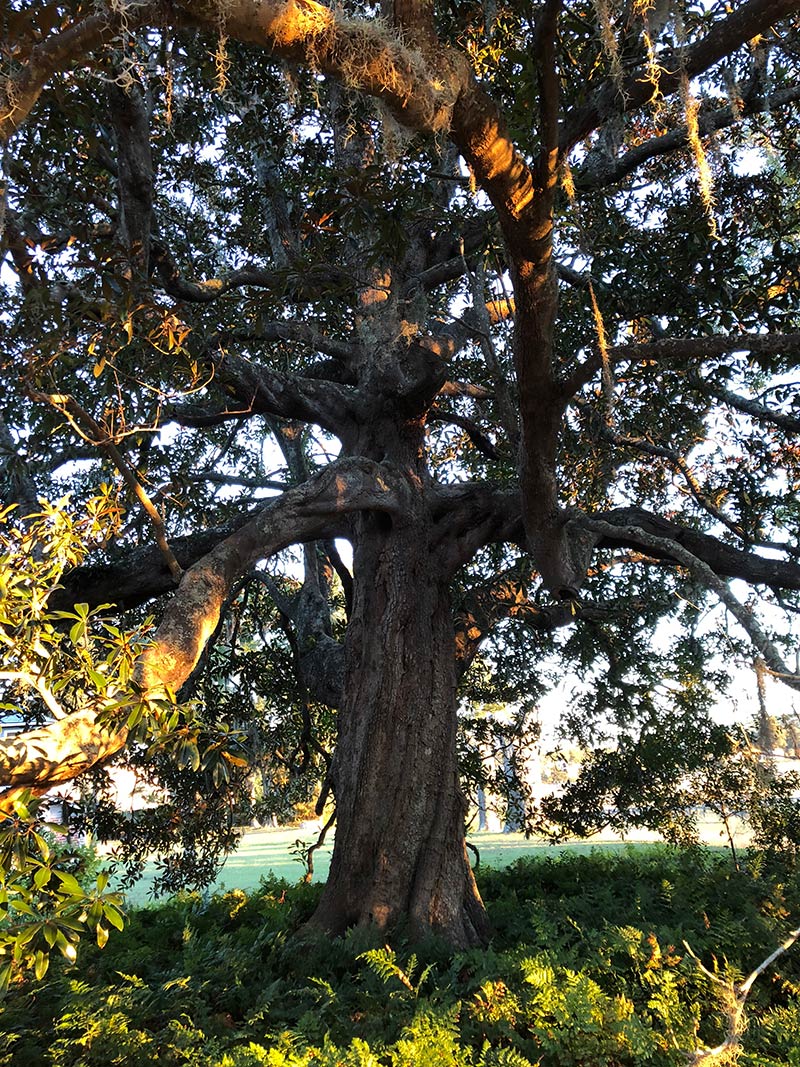
A Truly Unique Tree
When you look up interesting facts about magnolias, you’re likely to come across 2 things: their wild evolutionary age, and their pollination. Funny enough, these two facts are heavily intertwined.
When dinosaurs walked the Earth, our world didn’t look like it does today. The land was different, the plants were different, and the animals were different.
One of the major unsung heroes of today’s flora and fauna also didn’t exist back then. Bees evolved much further down the timeline.
So, if you’re a flowering tree 95 million years ago when bees and other winged insects don’t yet exist, and you rely on pollination in order to reproduce – how on Earth are you going to get pollinated? (Come on, that was a class A pun right there!)
Wingless beetles.
To this day, Nitidulid beetles are magnolia trees’ primary pollinators. The OG pollinators, if you’re hip with the lingo kids use.
A Beetle’s Best Friend
The pollination process is a surprisingly active one, for both the beetles and the blooms.
Nitidulid beetles crawl into the magnolia’s beautiful, alluring blossoms in the evening after a day of gathering pollen from the stamens (the male parts of the flower) of other magnolia trees all day. The plant closes part of its blooms overnight, encasing both the carpel (considered the female part of the plant) and beetle as it hungrily explores the massive flower. The flower then reopens in the morning, sending the beetle on a quest to find a new flower to pollinate.
The timing, opening, and closing of a magnolia’s flower ensures the species is protected from inbreeding and other harmful genetic mutations. It’s why the trees adapted so well!
Beetles are covered head to toe in their exoskeleton armor, oftentimes featuring a pronounced mandible that they use for defense and eating. Magnolias evolved a particularly tough set of reproductive parts – especially the carpels – to withstand any potential damage from the beetles’ equally tough exoskeleton.
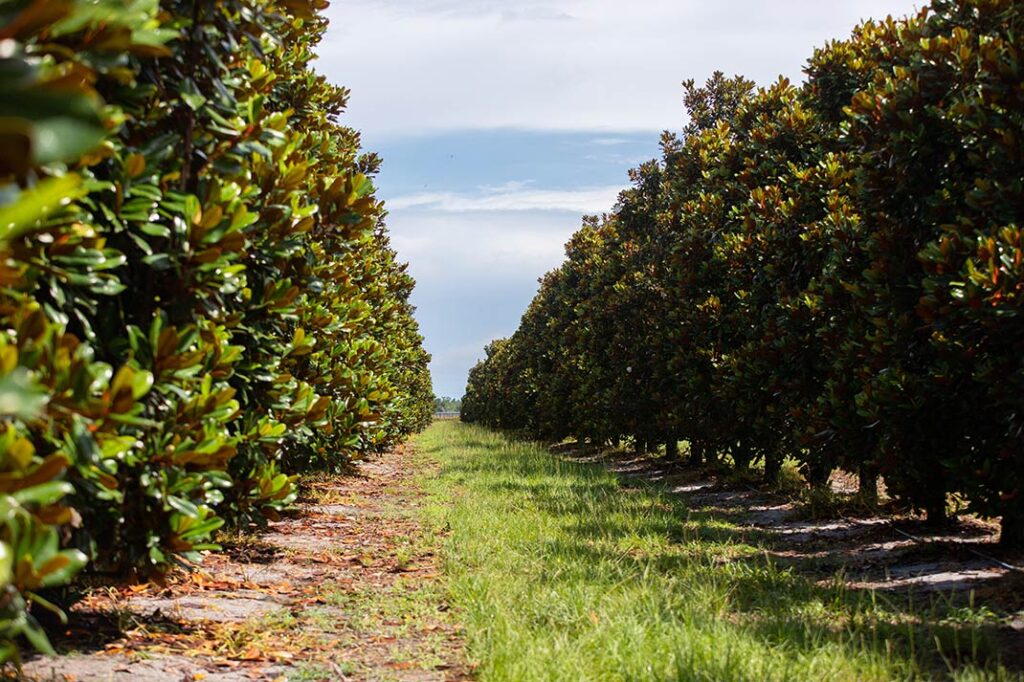
Old Tree, New Medicine
Because magnolia trees predate humans, it’s no surprise that they’ve played a key role in several cultures across the globe over the centuries.
Many species of magnolia are native to Asia, so Chinese and Japanese cultures have a special place for this remarkably timeless tree as a symbol of nobility and purity.
More practically speaking, magnolia trees possess a myriad of medicinal properties, which humans have utilized throughout history. Many Asian cultures used magnolia bark as a remedy for both physical and mental maladies.
These cultural practices were onto something. Before you turn your nose up, the US National Library of Medicine published a study in 2017 acknowledging the very real, very measurable medicinal qualities of magnolia derivatives.
Some of the most notable therapeutic properties the infamous giving tree has to offer include:
- Anti-inflammatory
- Anti-asthma
- Gastrointestinal disorders
- Anti-diabetes
- Anxiety, depression, Alzheimer’s, and other neuronal diseases
- Anti-microbial
- Cytotoxicity, with “eventual therapeutic application in cancer [treatment]”
We’ve barely scraped the surface. This study (and many more like it) concludes that “Magnolia ingredients have an indisputably wide variety of pharmaceutical properties.”
While more research is necessary to create modern methods, control dosage, and isolate the helpful components (because yes, this plant, like many plants, has the potential to be toxic if not prepared and measured correctly), there’s a fountain of untapped potential here.
If you want to check out the study we mentioned in this section, you can do a deep dive here.
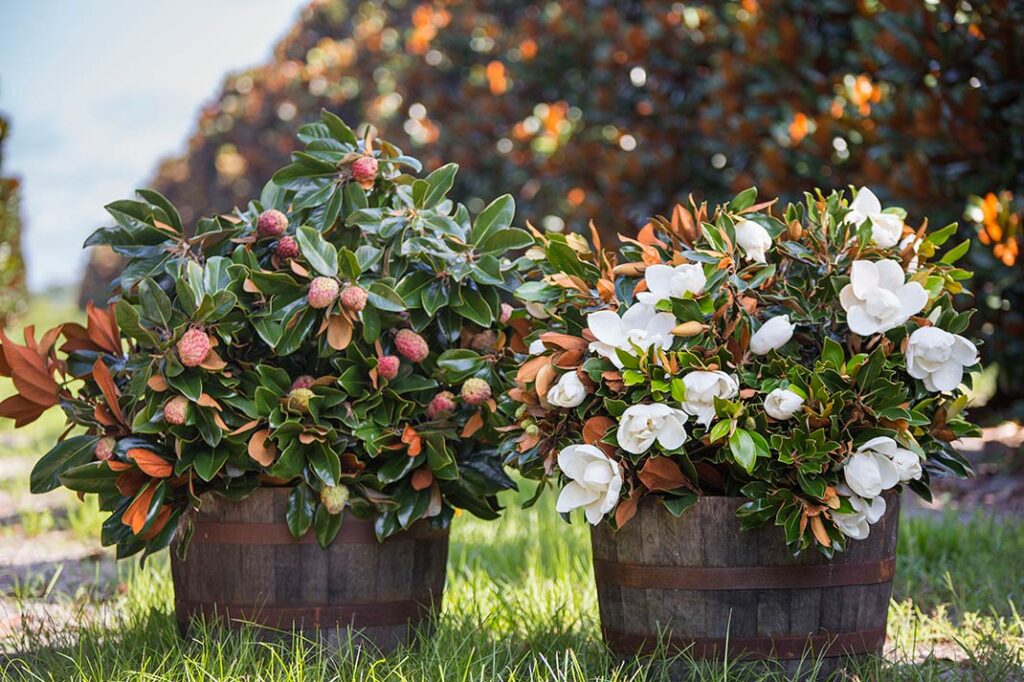
A Historical Wonder
Are you in love yet? We certainly are.
These gentle giants have stood the test of time, and they’ll very likely be here after we’re gone. The next time you stand under a magnolia, remember – you’re standing under millions of years of nature’s finest.
Recent Articles



